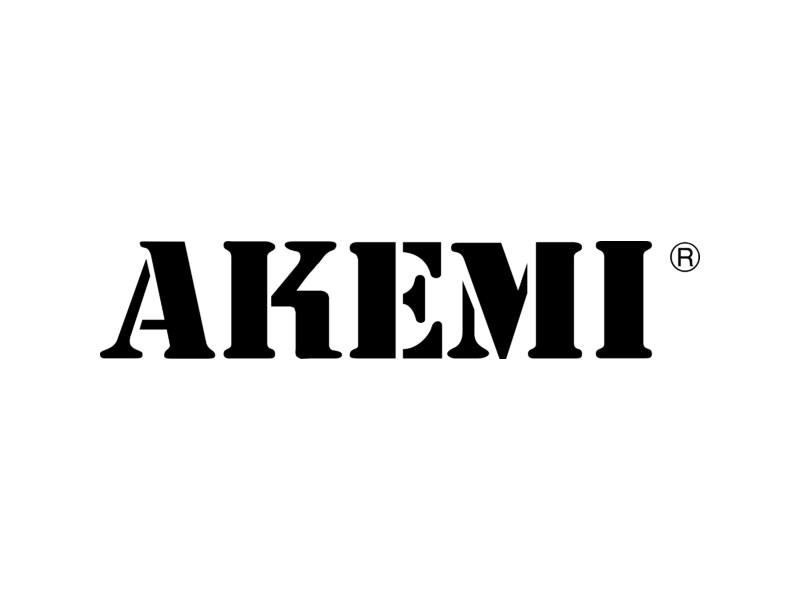New Paltz, New York USA – August 2007
Restoration work at the Jean [Jacob] Hasbrouck House has been a multi-year cooperative effort between a number of non-profit organizations in the US and France involving generous donations, federal funding, a series of technical experts, and the hard work of many volunteers. Adventures in Preservation, then known as Heritage Conservation Network, joined the project in 2007 at the suggestion of one of the experts involved, Andy deGruchy, who initiated and led AiP’s highly successful workshop at the Weisel Bridge in Quakertown, Pennsylvania.
The primary cause for concern at the 18th century stone house was a bulging wall on the north side of the house. Water had penetrated the wall from an attic window; the subsequent freezing and thawing over decades had cracked and damaged the stone and damaged the interior wooden structure. The wall was slowly separating from its internal support system and was threatening to collapse. The deterioration had been noted as early as the 1890s, and one hundred years later, its caretakers decided to take the drastic step of rebuilding the entire wall to ensure it survives the next hundred years.
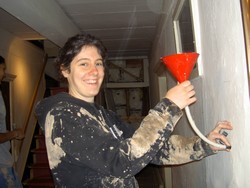
The 1721 Jean [Jacob] Hasbrouck house is one of seven properties maintained by the Huguenot Historical Society in New Paltz. Twelve French Huguenot families escaping religious persecution in Europe founded the community in 1678. The society itself was founded in 1894 by descendents of the original twelve to preserve their ancestors’ homes. The Hasbrouck house was the first building the society purchased; it has been open to the public since 1899. In 1964 the National Park Service designated Huguenot Street as a National Historic Landmark District.
The August workshop was the epitome of cooperation. The Huguenot Historical Society recruited volunteers through AiP, Preservation Volunteers of New York City, and the French organization REMPART. A hard working crew of two Americans and five French students worked under the tutelage of Andy deGruchy to replaster the interior. The wall itself had been completely disassembled and rebuilt with the original stones during the first stage of the project.
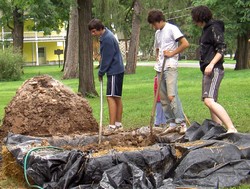
As with all of AiP’s workshops, the emphasis was on the use of traditional materials, which meant using local clay, local straw, and lime imported from France that was very similar to what the colonists would have used. In addition to the need for historic accuracy in the project, there is also the concern that modern materials may react inappropriately with the existing 18th century walls.
Period materials required period techniques. This was very hands-on and was where the seven volunteers showed their true colors. Since the clay plaster was too heavy for modern tumbling, the materials were placed in a mixing area on the lawn, and the volunteers proceeded to stomp it with bare feet – just as workers would have done 300 years ago. There were several reports of therapeutic results, too!
The mix was stomped down three times, with increased effort required on each subsequent stomp. Stomping down the materials to make the plaster was just the beginning of the fun, however. Applying it involved literally throwing it at the wall – and at each other. deGruchy claims the impact increased the bonding – for both plaster and participants. In all, to cover the interior of five rooms on two floors of the Hasbrouck House’s north wall, the crew used three tons of clay.
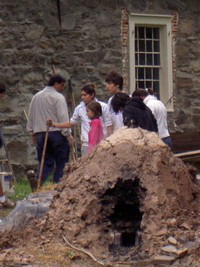
To demonstrate the use of original and authentic methods and materials, the group built a lime kiln and did an on-site lime burn using local limestone and oyster shells. The materials were heated to over 1800 degrees F in order to dissociate the bound carbon dioxide in these various calcium carbonate forms of material. When the stones and shells cooled they were wetted and some of the more successfully burned material turned to lime putty when water was reintroduced to it. This showed the participants the crude methods used to make the lime that was originally used at the Jean Hasbrouck homestead.
The last bit of work involved conserving the remaining historic plaster fabric. Though the gable wall had been fully disassembled and rebuilt in the previous year, the adjoining stone walls with their original mud/straw daubing and finish plaster coat remained and needed strengthening in select areas. The goal was to consolidate, stabilize and save as much original material as possible. The team used syringes and funnels to inject a lime/casein grout to re-establish a bond between the original old plaster and the substrate in sections where it was coming away.
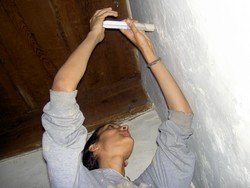
After two weeks’ work, two coats of plaster had been applied and a third, the topcoat, will be applied this fall to complete the wall’s pre-destined, as the Calvinist Huguenots would have considered it, replastering. The Huguenot Historical Society reopened Hasbrouck House to the public in May, 2008.
Compiled from reports by Andrew Austin and Andy deGruchy;
photos courtesy Andy deGruchy and the Huguenot Historical Society























